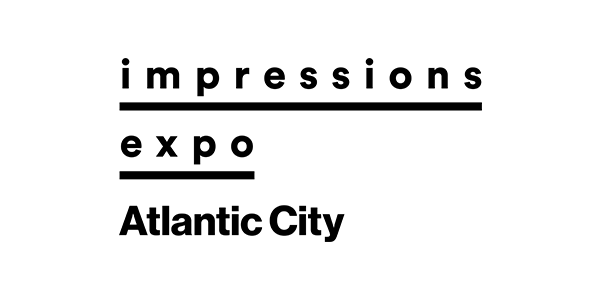There are a variety of factors that can impact a print, resulting in an unwanted line, mark or ghost. Here are some to consider:
Dehazing/degreasing: It’s important to dehaze and degrease a screen to ensure the mesh is clean before reusing it to print a new design. “Ghost images” from a previous design can show up on a new print if the screen is not properly dehazed.
Off-contact and tight mesh: These two factors go hand-in-hand when it comes to printing. A tight mesh makes printing easier because it widens the mesh openings and eliminates factors for mistakes. It is important to set the off-contact so that the screen scrolls away easily and smoothly throughout the stroking process.
Not having enough off-contact or working with a loose mesh may cause the ink to “pool” when the mesh stays in contact with the substrate for too long. This may leave a “halo” effect on the design.
Periodic screen replacement: No matter how often you tighten your screen, it will need to be replaced at some point. When the screen has been so overused that the lines or threads of the mesh itself are distorted, printed designs also can become distorted when printed.
Keeping these factors in check will not only prevent unwanted images, but also boost productivity and increase quality results and profits.
Kieth Stevens is the Western regional sales manager for International Coatings. He has been teaching screen printing for more than 10 years and is a regular contributor to International Coatings’ blogs. For more information, visit iccink.com and read the company’s blog at internationalcoatingsblog.com.




